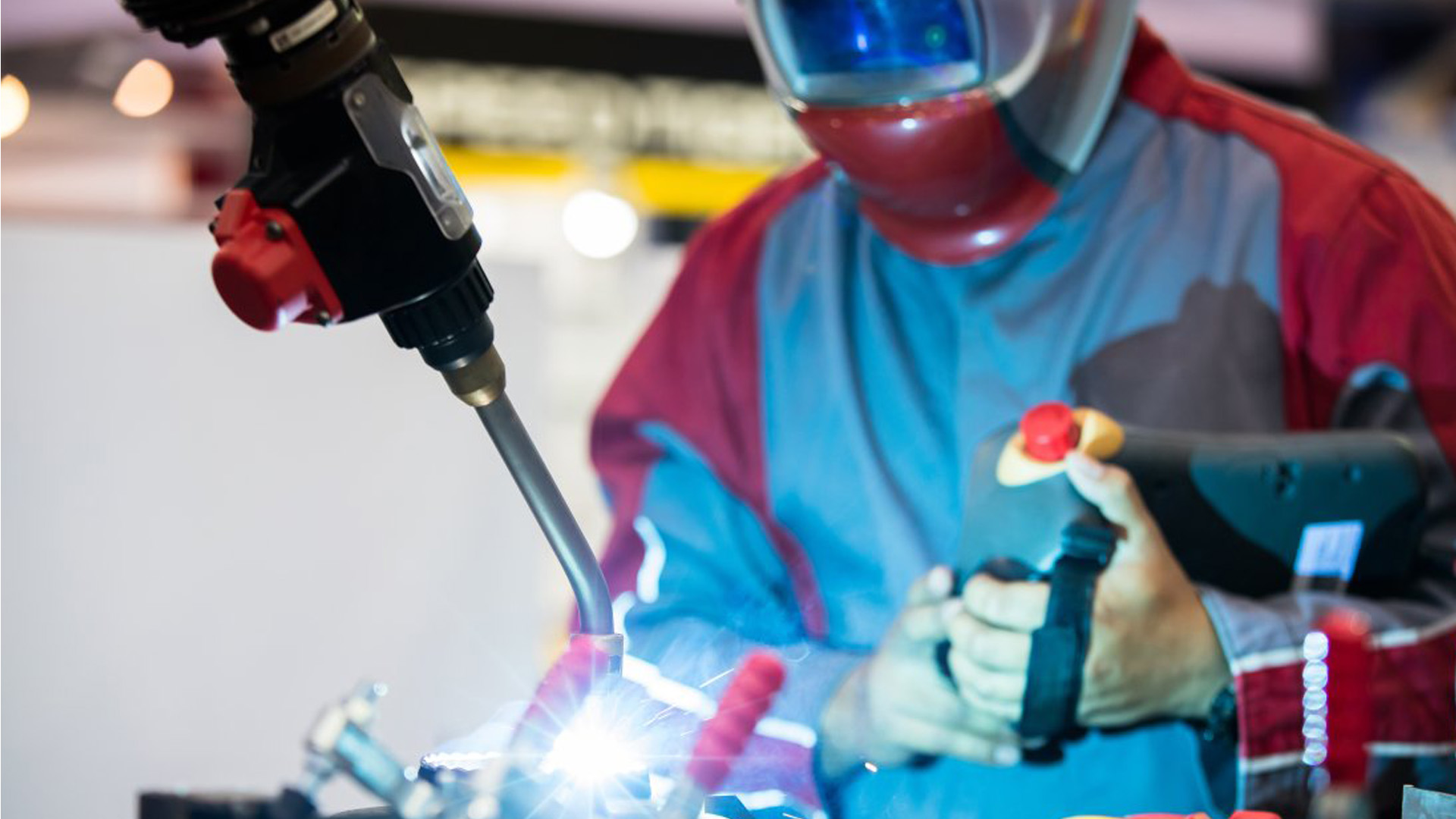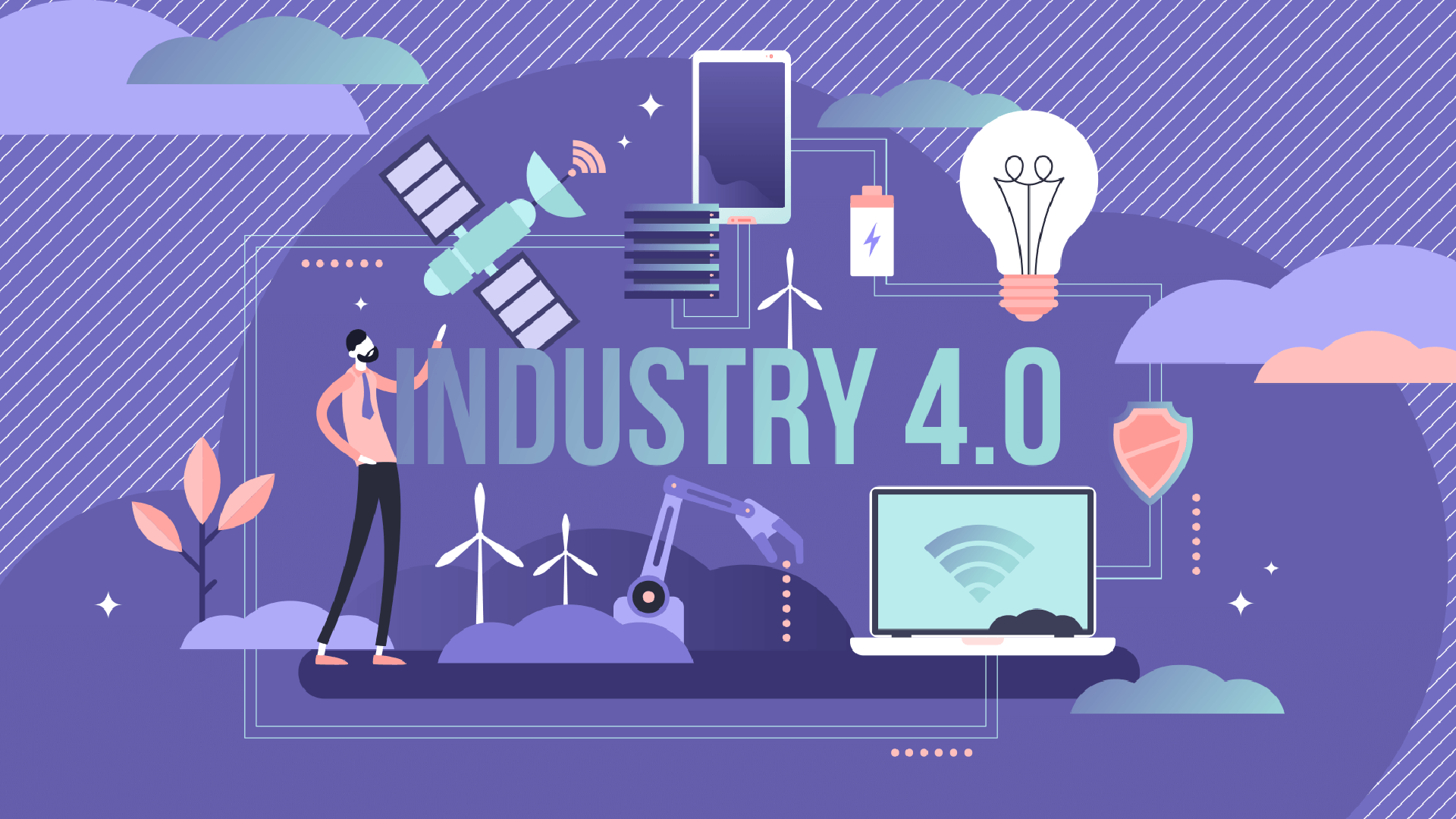Additive manufacturing holds the potential to completely transform the way the manufacturing industry works. However, with this new technology comes a new method for design. The introduction of Design for Additive Manufacturing (DFAM) presents manufacturers with a way to create complex objects quickly and cost-effectively, in a way that was not possible with traditional manufacturing techniques. In this article, we'll explain DFAM, discuss its benefits, as well as the steps that need to be taken to ensure the full realization of its potential.
A Brief Overview of Design For Additive Manufacturing (DFAM)
Design for Additive Manufacturing (DFAM) is an engineering design method that focuses on meeting the requirements of a product using 3D printing technologies. It takes into account the various capabilities of 3D printing to create parts with different features, materials and geometries.
DFAM is based on the idea that additive manufacturing processes should be used to design a part for optimal performance and manufacturability. This means considering factors such as layer thickness, build orientation and powder type in order to ensure that the product is both as strong and production-effective as possible.
DFAM also aims to leverage the unique design opportunities that 3D printing provides. These include combining multiple components into one, creating complex geometries, and designing parts with internal structures or features that could not be created otherwise. The entire method is intended to optimize what goes into —and comes out of— manufacturing processes with additive technology.
How DFAM Differs From Traditional Manufacturing
Conventional methods of manufacturing are quite labor and resource intensive; they require an upfront consideration of every operation required to make a part, as well as what associated tools are needed to do so. For the longest time, this was the only option. Producers would have to separate machine-driven and parts-driven operations to determine the most efficient way of producing a given product. And even when that solution was found, it would still require a significant set of tools to be completed.
Enter Design for Additive Manufacturing, a practice that is largely computer-driven and methodological. 3D printers approach the task of creating things in a unique way that enables them to construct almost anything from a blank canvas. Following a layer-by-layer process, these machines can build objects from the inside out. This reduces the number of operations and tools involved drastically, and as a result, eliminates the need to consider things like tool changes, setups, custom work holding, and tool clearance. When things are said and done, DFAM allows for a significant reduction in time, money and resources spent on manufacturing processes compared to traditional methods.
What Advantages Does DFAM Offer?
Design for Additive Manufacturing has completely revolutionized the manufacturing sector by introducing possibilities that were once unimaginable. Its capabilities open the door to all kinds of operational advantages, and as technology continues to develop, it's likely that the list will only get longer.
Let's take a closer look at what benefits Design for Additive Manufacturing can offer businesses:
Design Flexibility
One of the major benefits of Design for Additive Manufacturing is its unparalleled design flexibility. 3D printers can make just about anything that can be designed on a computer. And software is getting more advanced by the day. Technology like this holds the potential to completely change the way products are designed, manufactured and produced. Companies can now create complex objects with intricate shapes or curves that would have been impossible to produce using traditional manufacturing methods.
Less Material Waste
Waste has long been a problem in the manufacturing sector. It's an issue that not only affects a company's bottom line but also has serious environmental implications. Design for Additive Manufacturing helps to reduce this waste by focusing on just-in-time production and using only the material that is needed for each part. By eliminating excess material waste, companies can save on costs and help the planet at the same time.
Increased Efficiency
The first and most notable advantage of Design for Additive Manufacturing is its increased efficiency over other methods. The entire process, from design to manufacture, can take as little as a few hours, compared to other methods which often require weeks or even months. The simplified process also means that fewer staff, such as toolmakers, need to be employed. This frees up resources and reduces the cost of labor.
Current Challenges to DFAM Adoption
As rich with potential that DFAM is, its full adoption as a mainstream practice in manufacturing isn't guaranteed. Industry professionals will need to focus on a few priorities if they want to fully reap the benefits of this technology, including:
Technical Skills
3D printing is a relatively new thing in and of itself, so the skills required to operate these machines are not yet widespread. Companies will need to invest in training and education for their staff so that they can confidently use this technology. Possible courses of action might include bringing in industry experts for lectures and seminars, or providing on-site certifications to ensure that staff is adequately prepared. The good news is that DFAM is still very much an emerging concept and experts in the field are eager to help companies get up and running with these technologies.
Process Optimization
DFAM offers a wide range of potential advantages, but it also comes with its own set of challenges. Manufacturing processes must be re-examined and optimized in order to ensure successful production with 3D printing. This involves a deep dive into material properties and post-processing steps, as well as assessing the best design approach to maximize the benefits of DFAM. Additionally, with the rise of 3D printing-as-a-service (3DPaaS), companies must consider their business models and how they can take advantage of on-demand manufacturing solutions.
Commitment
Perhaps the most daunting barrier to widespread DFAM adoption is the prospect itself. We've already established that this method is a complete reimagination of current industry standards. Making this shift in the way things are done requires a major commitment from everyone involved. Senior management, engineers, and workers all need to be on board if a successful implementation is to be attained.
As Industry 4.0 becomes more commonplace within the manufacturing industry, staying up-to-date with emerging technologies like those of DFAM is more important than ever. With the right investments in time and resources, companies can successfully make the transition to a more modern approach with significant rewards. The future of production is undoubtedly bright — all that's needed is the investment to bring it forth.
Sign up today for a free Essential Membership to Automation Alley to keep your finger on the pulse of digital transformation in Michigan and beyond.




